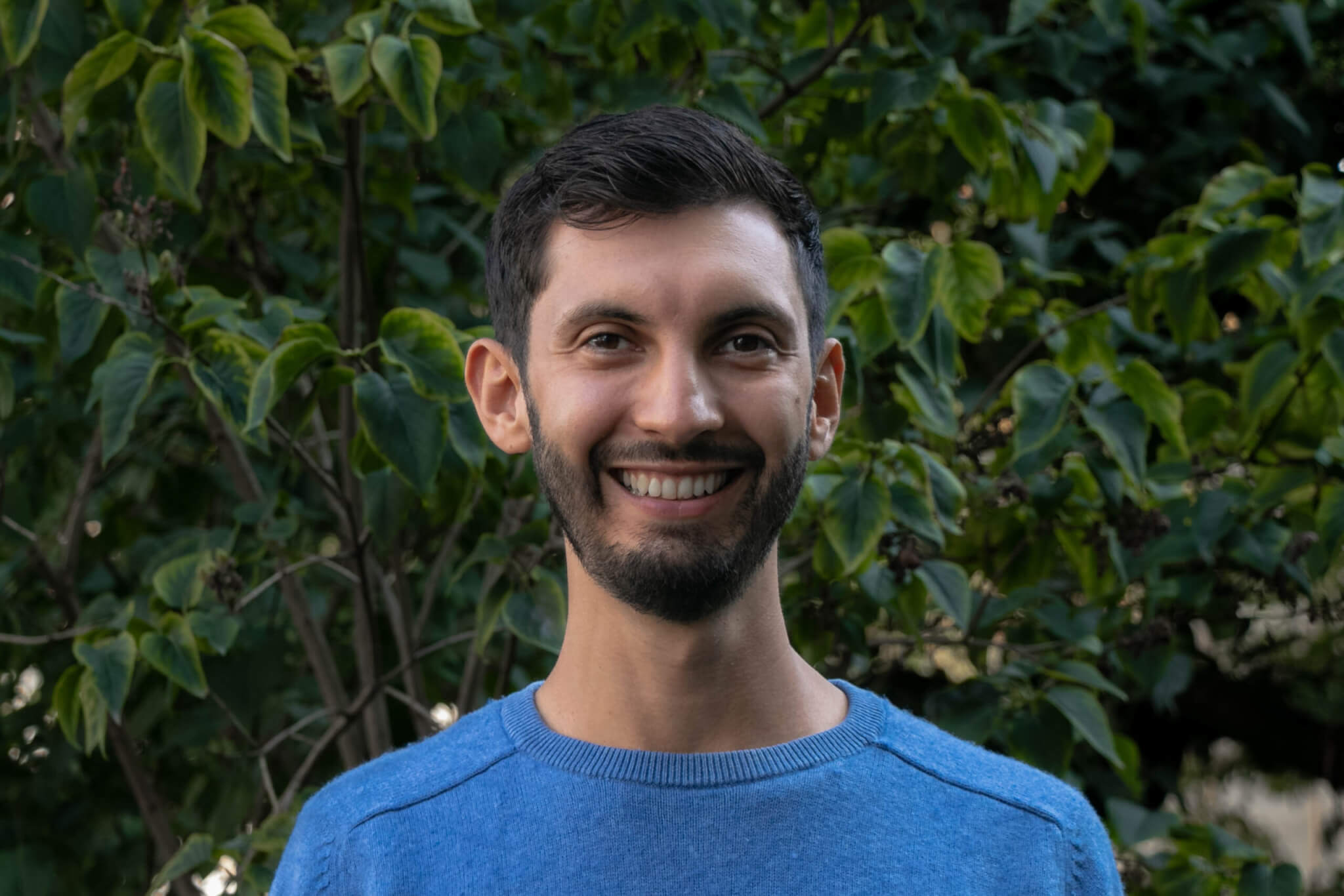
By: Simeon Max, Environmental Impact Officer at Crowther Lab
“Do you still have hope for the climate?”
This is a question my friends ask me. It’s a valid question, especially when apocalyptic news about global biodiversity loss and the climate catastrophe fill headlines on a daily basis.
Of course I still have hope.
The considerable contribution of ecosystem restoration and conservation to solve these challenges has been widely recognized. But recognizing the potential is not enough. Until now, progress and action on the global scale has been far from reaching its full potential. But times are changing and we have reasons to believe that we can restore earth’s ecosystems in the limited amount of time we have at our hands. Here are some of them.
Uniting for urgency
The world is looking into the eyes of the catastrophe and there is an unprecedented urgency to act. But a renewed and widespread global awareness of the potential of ecosystem restoration is uniting society: politicians, corporates, the public and not least the thousands of restoration practitioners on the ground. Science shows that the global restoration of forests can potentially capture up to 30% of the excess carbon accumulating in our atmosphere as a result of human activity.
With a strategy for the way forward that has been developed by the UN Decade on Ecosystem Restoration we’re seeing a truly global movement with actionable commitments, and when the billions of dollars pledged for restoration will be released, we will get far!
Disruptive technology
We now have better tools than ever to implement and scale restoration. Why not leverage Industry 4.0 technologies for the restoration of peatlands, grasslands, coral reefs and forests? The process of restoration is so much more than getting your hands dirty on the ground (though that is a key part of it).
Disruptive technologies can enable and accelerate the ground work as well as the planning, managing and reporting of restoration: drones, satellites, machine learning, artificial intelligence and the blockchain technology are rushing to nature’s aid. These tools also help us document restoration efforts, which is crucial for learning what works and what doesn’t. That’s why at the Crowther Lab we’re focused on connecting the dots between data science and ecology.

Restoration action: building a new ecosystem
Organizations, volunteers, indigenous groups – people around the world have been restoring local ecosystems for decades. This persistent work has built the basis for an increased global awareness and the current momentum. But there’s still room to grow: we can get more people involved and restore more land. And this is changing: a wave of new initiatives and start-ups are energizing the restoration world.
There are new promising business models along the whole restoration supply chain, which ensure that restoration is not just a “hype” but rather based on a sustainable strategy. Ambitious corporate commitments to go carbon neutral include the insetting of carbon in supply chains. An example is the inclusion of trees on farms in agroforestry systems, which is increasingly seen as a profitable business opportunity. Companies like Zurich Insurance are investing in reforestation projects, Patagonia makes climate action a corporate initiative and Microsoft is supporting projects like conserving old growth forests in the USA. This is the kind of collective action we need; we need more well-intentioned projects to reach scale, and it’s crucial that they are grounded in science.
Supporting the movement with science
Successful ecosystem restoration needs to be based on scientific knowledge. Nowadays, there are new opportunities to ensure a universal access to that science, to accelerate learning and democratize restoration know-how: big data, for one, can help to advance our understanding of ecosystems and restoration practices. We now have a range of tools readily available to collect high quality data cheaply, and a sensitized community of global restoration practitioners who want to advance science with their experience and data. Decades of research in restoration ecology and careers dedicated to the movement have provided the foundation that this action needs.
We now learn from one project in one place, and transfer this knowledge to other areas with similar characteristics. My team at Crowther Lab is committed to making restoration know-how available as widely as possible: and that is why we built Restor. With Restor, a new open data platform, we want to connect initiatives on the ground in an active and engaged network and support them with science – all clearly interpreted and understandable. As of today, data from over 15,000 locations around the world have been submitted to Restor for restoration knowledge sharing.
The foundations for scaling local restoration have been laid by global commitments. The tools to get there are being developed and rolled out. Restor is our contribution to reaching global climate and restoration goals, and it is one of many parts of the solution. But its success also depends on the engagement of the people. It is a mammoth task (or rather, a human task – let’s not rely on the mammoths for now) to restore the millions of hectares and to tackle climate change and biodiversity loss.
We have to make sure we get it right and consider the ecological, as well as the social and economic dimensions of restoration.
So don’t lose hope: something new is emerging, and we can all be part of it.
Together.
Stay in the loop on Restor and sign up here.
